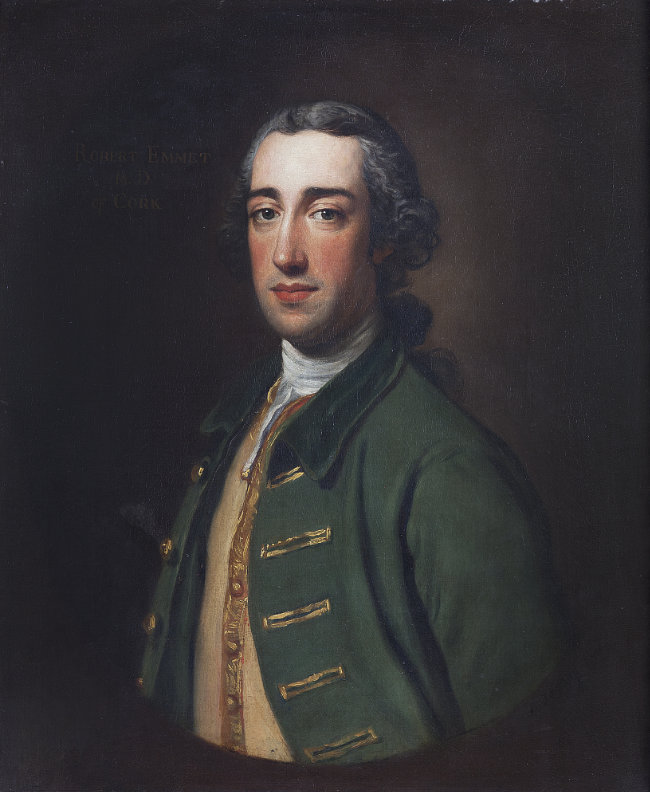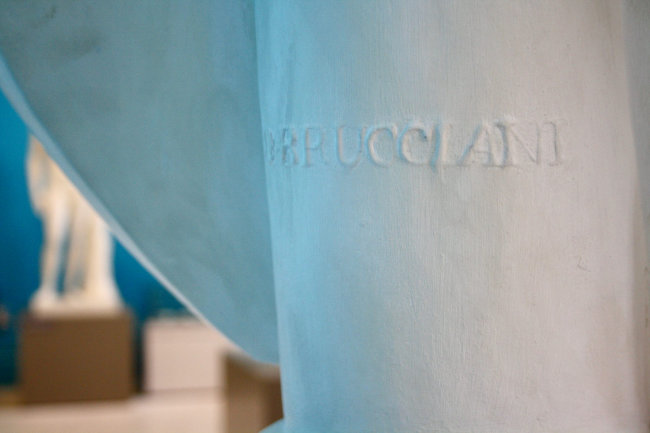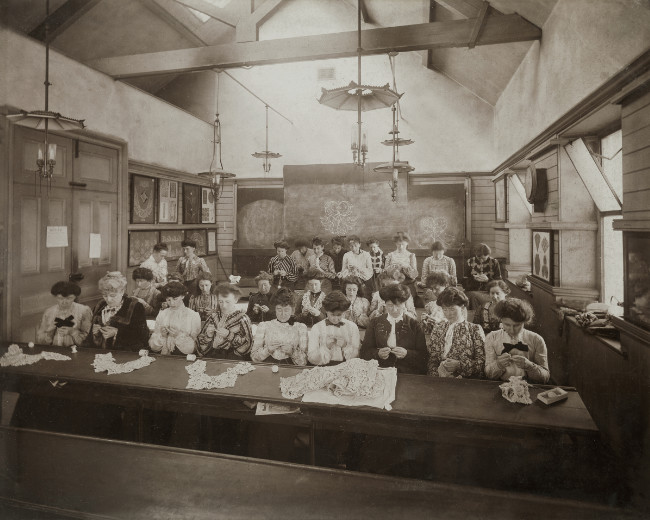WORK OF THE WEEK | 22 April 2024
CAG.3216 Nick Miller, Branching and Fragmenting: Tikkun Olam, 2019-20, oil on linen, 168 x 186 cm. Purchased, 2022. © the artist.
WORK OF THE WEEK!
Branching and Fragmenting: Tikkun Olam (2019-20) is a large oil painting by Nick Miller that holds rich temporal and existential references.
Drawing on a still-life tradition, the image features tree branches and flowers that form a dense, protective thicket, while a red step ladder, decorative vases, and other objects complete the composition.
Although the status of organic matter in still life (nature morte) often has connotations with mortality and the transitory nature of life, Miller’s painting also offers a hopeful outlook of renewal. ‘Tikkun Olam,’ as the artist notes, ‘is a Jewish origin story – sticking back shards of an exploded universe – piece by piece, with the intention to repair the world.’
The presence of a menorah (multibranched candelabra), broken and lying on its side, reinforces this theme, while a small Buddhist figurine placed alongside it is ‘more tied to a question of how individually we may seek stillness in the face of rapid change.’
This work, as Miller reflects, ‘was the first painting that I completed during the initial hard Covid lockdown.’ Hidden amongst the painted vegetation is ‘a beautiful purple and yellow’ image of the COVID-19 virus on a touchscreen tablet sitting ‘on the shards of a broken glass vase.’ The vase is itself a reference to the death of the artist’s mother in 2014.
‘From starting in 2019 and finishing in 2020, this work was important for me as a first in finding new ways for an ‘alla-prima-one-shot’ painter [applying wet paint on previous layers still-wet paint] to go back into older works introducing new elements over time.’
Nick Miller (b.1962) lives and works in Sligo. In 2001, he was elected to Aosdána and, in 2014, won the inaugural Hennessy Portrait Prize.
Branching and Fragmenting: Tikkun Olam (2019-20) is featured in A MATTER OF TIME.








